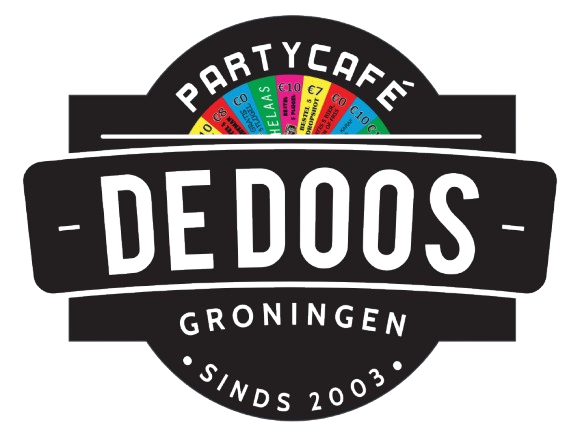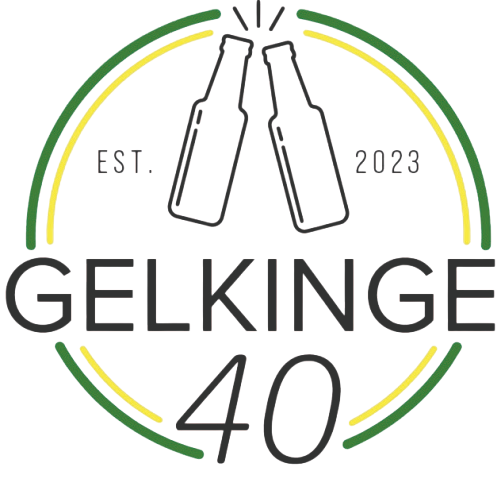About
GLV Idun (Groninger levenswetenschappenvereniging Idun) is the study association for bachelor and master students in the Life Sciences at the University of Groningen. The association has 20 committees and organizes approximately 150 activities per year. The association has multiple purposes for its members; support in education, organizing social events, providing insights in future career paths, etc. The members of a study association are characterized by their study program, contrary to a student association of which the members' study program is not relevant. Joining a study association gives an extra dimension to your student life in Groningen!
Association:
GLV Idun is the study association for the BSc:
- Biology
- Behaviour and Neurosciences
- Biomedical Sciences
- Ecology & Evolution
- Integrative Biology
- Molecular Life Sciences
- Biomedical Engineering
- Life Science & Technology
GLV Idun is the study association for the MSc:
- Behavioural and Cognitive Neurosciences
- Biology
- Biomedical Engineering
- Biomedical Sciences
- Biomolecular Sciences
- Ecology and Evolution
- Marine Biology
- Molecular Medicine and Innovative Treatment





